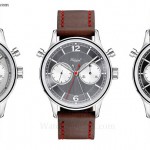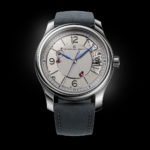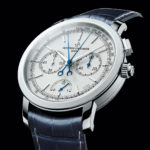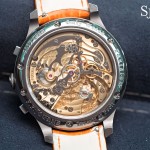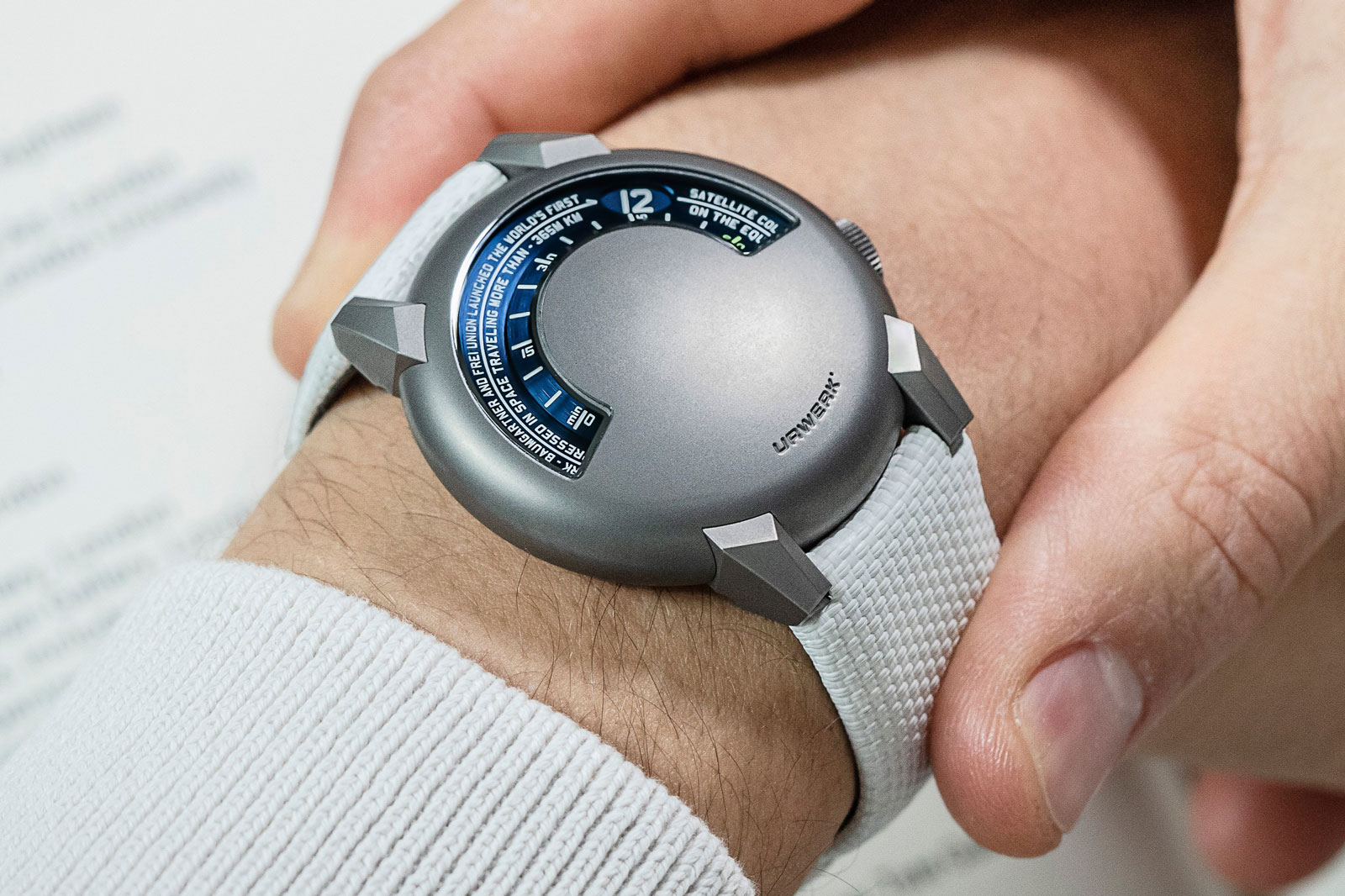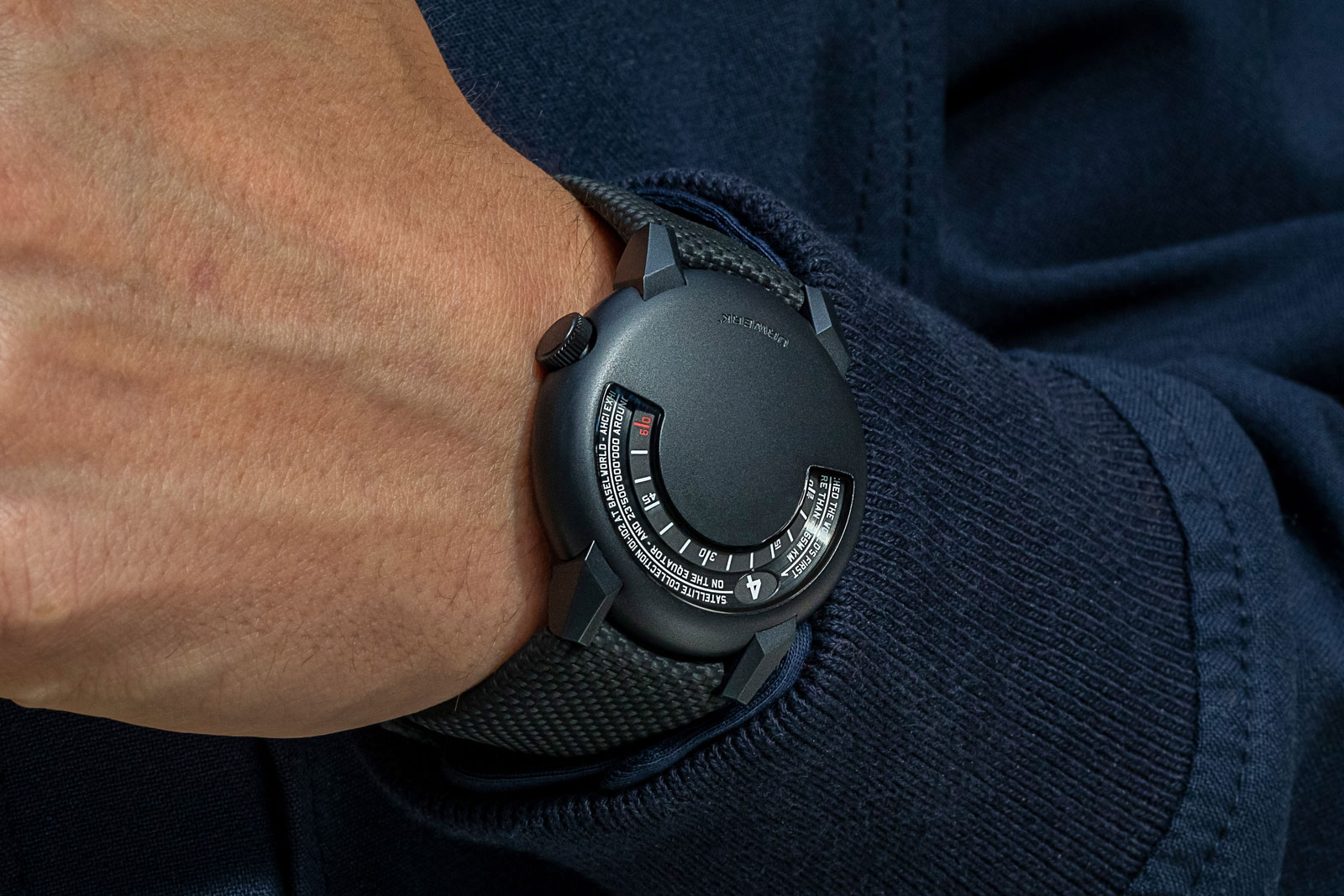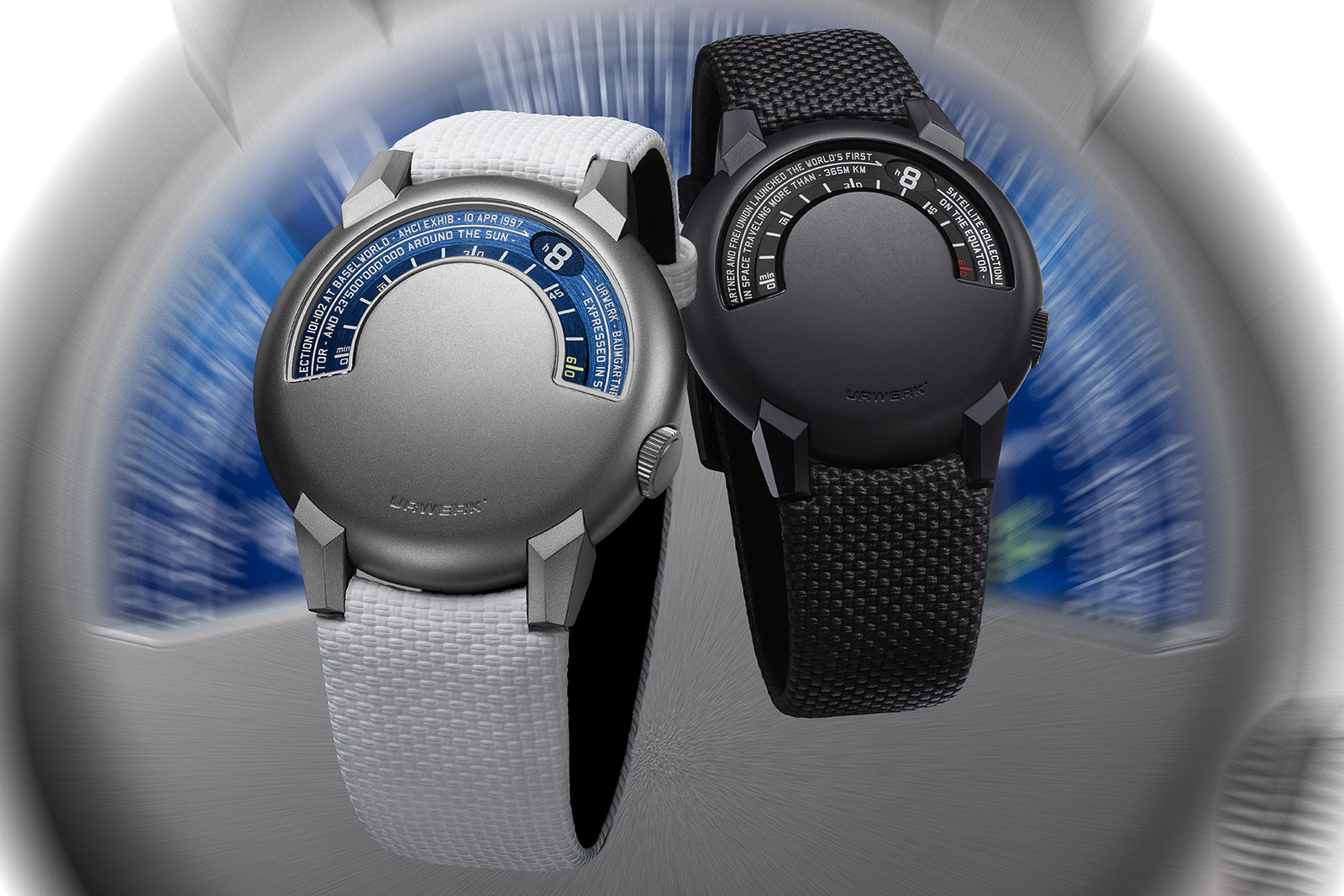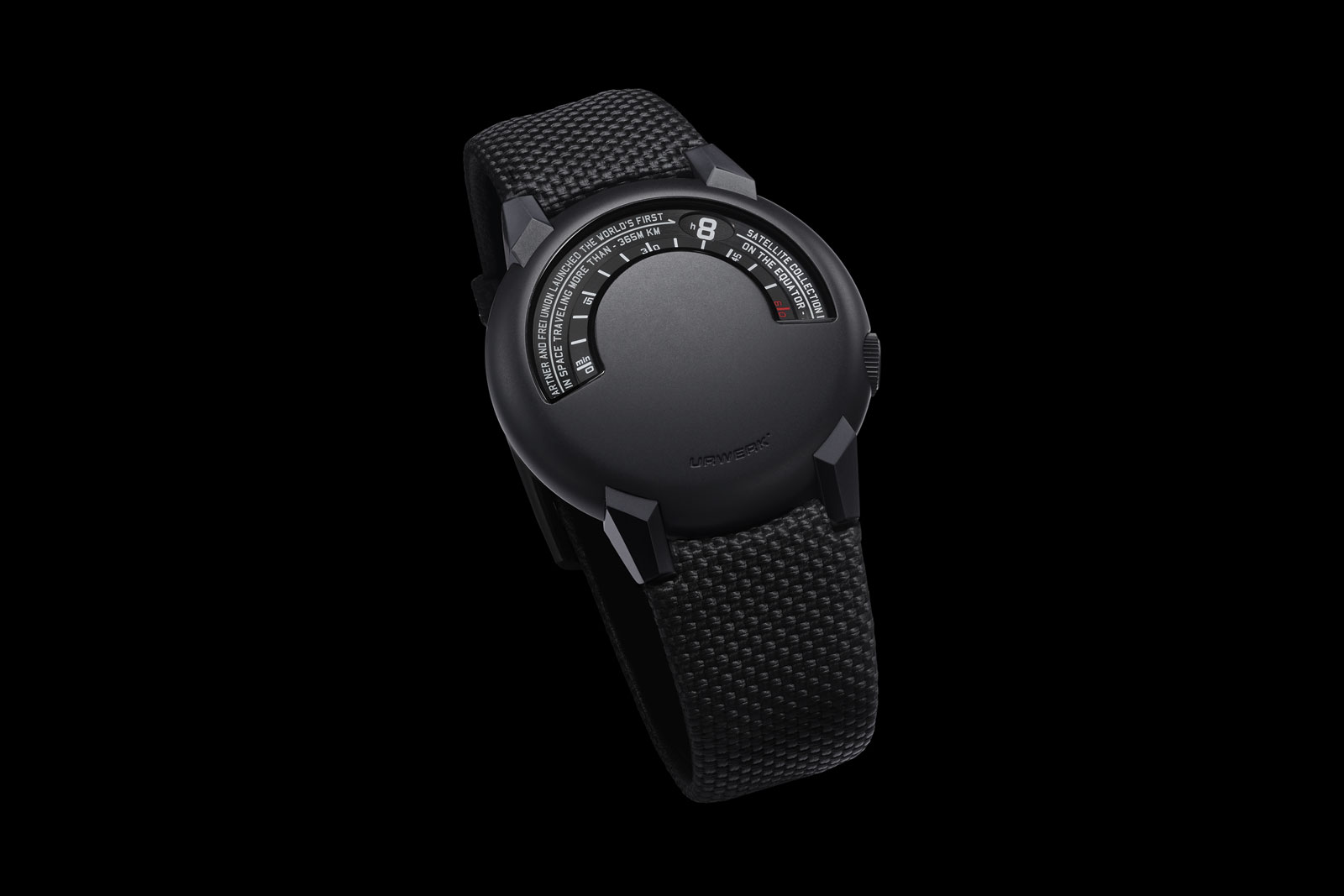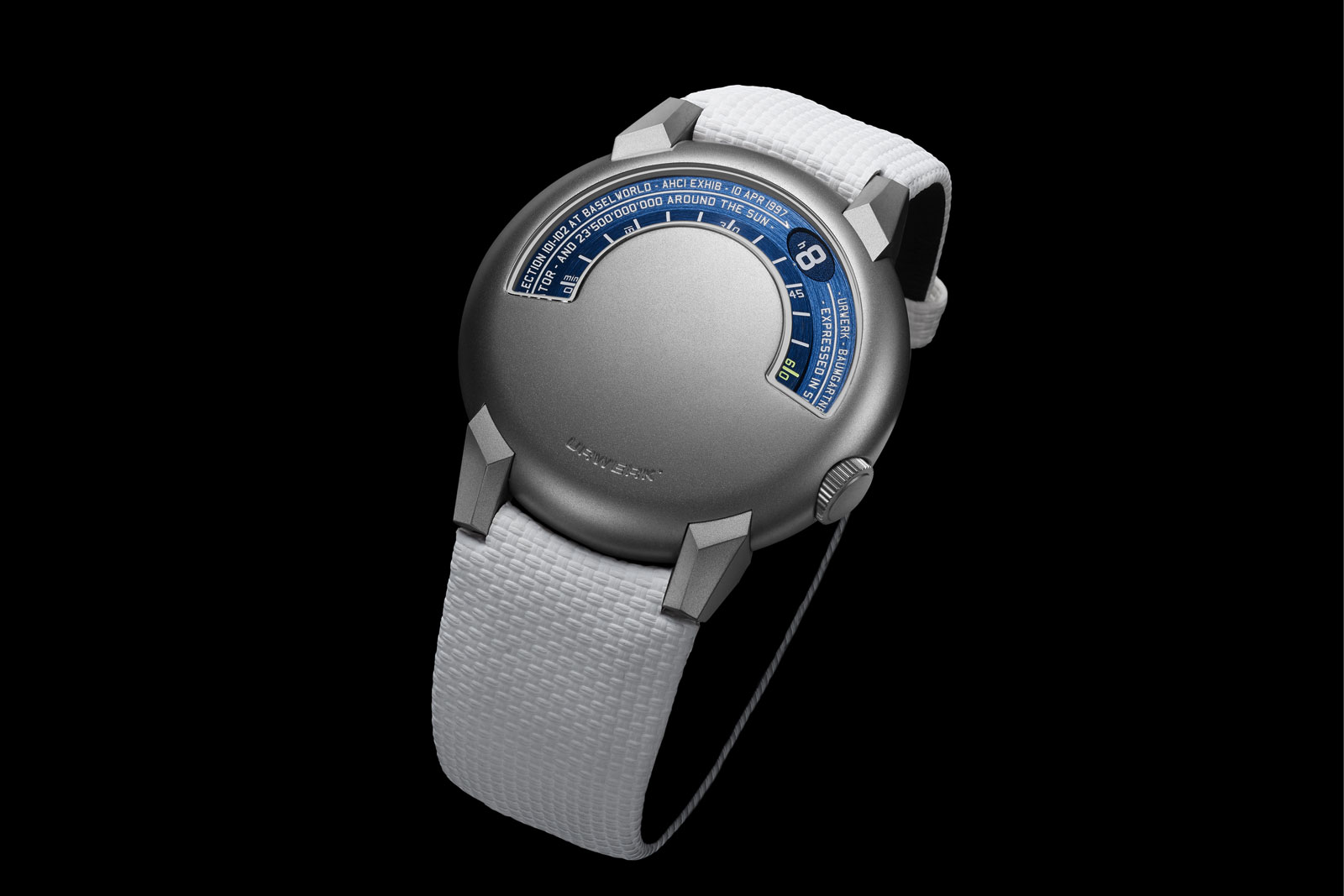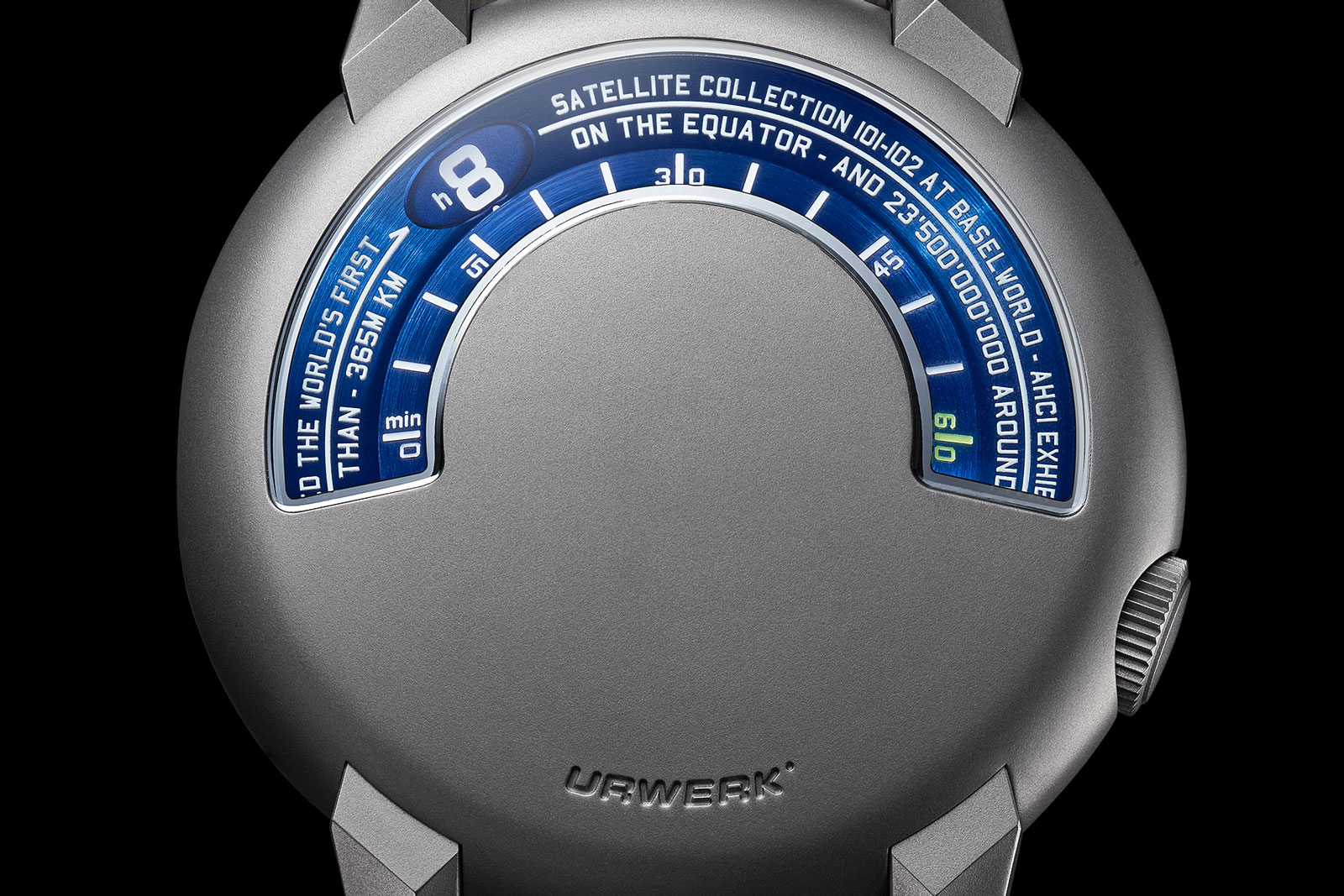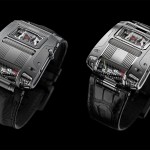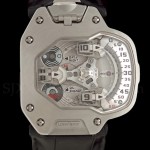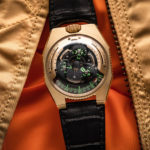Petermann Bédat Introduces the Reference 2941 Split-Seconds Chronograph
Gorgeously styled and decorated.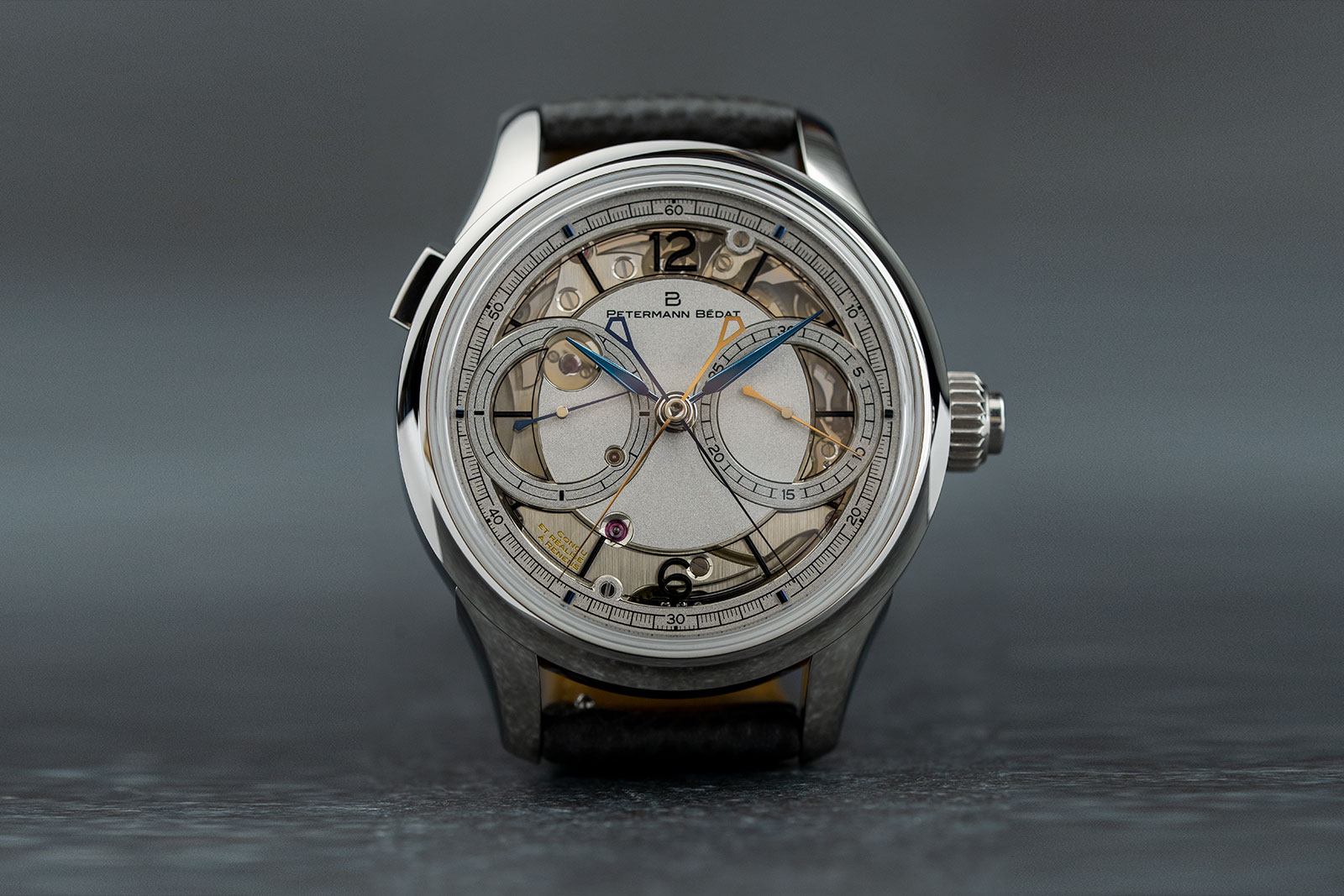
Founded by watchmakers Gaël Petermann and Florian Bédat, Petermann Bédat made its debut with the 1967 powered by an elaborately finished movement featuring a deadbeat seconds.
Now, the duo has just unveiled their next creation which is a step-up in complexity – the Reference 2941, a mono-pusher split-seconds chronograph. Presented in a 38 mm platinum case and limited to ten pieces, the 2941 follows the design language of the 1967 with a transparent dial and an emphasis on movement finishing.
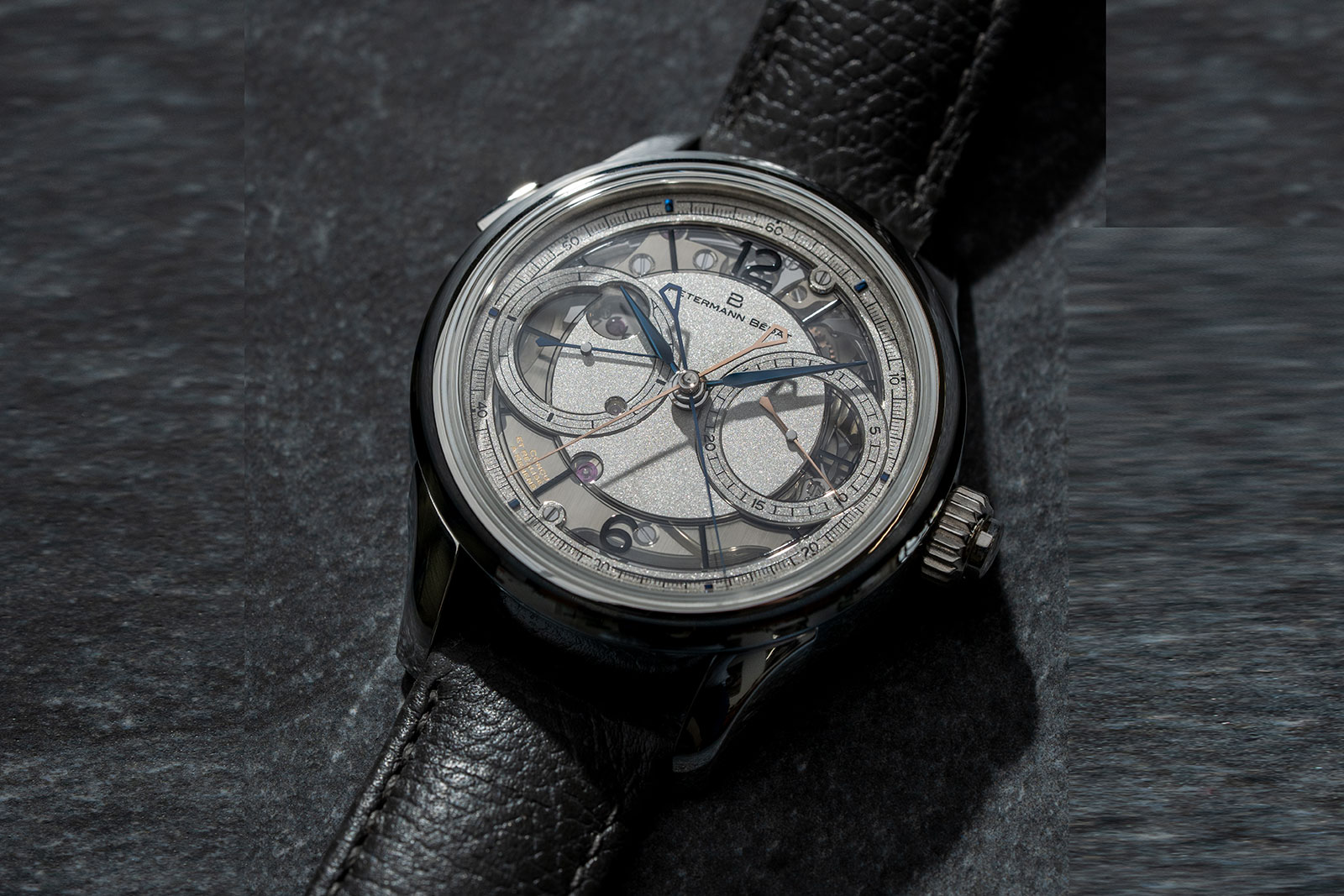
Initial thoughts
The 2941 at a glance is a conceptually impressive release that meets the high expectations resulting from its previous release. But perhaps one may ponder over the under-dial execution of the split-seconds mechanism (as opposed to a traditional approach that puts it on the back).
Undoubtedly, the finishing remains top notch. The movement sports numerous gracefully formed bridges and a notable emphasis on black-polished components.
More broadly, it is uncommon to see a new chronograph movement designed from the ground up, even more so a rattrapante with an instantaneously jumping minute counter.
That said, the movement architecture seems paradoxical. Part of the appeal of a finely-finished split-seconds chronograph is the intricate and layered view of the rattrapante mechanism on top of the chronograph seen through a display case back.
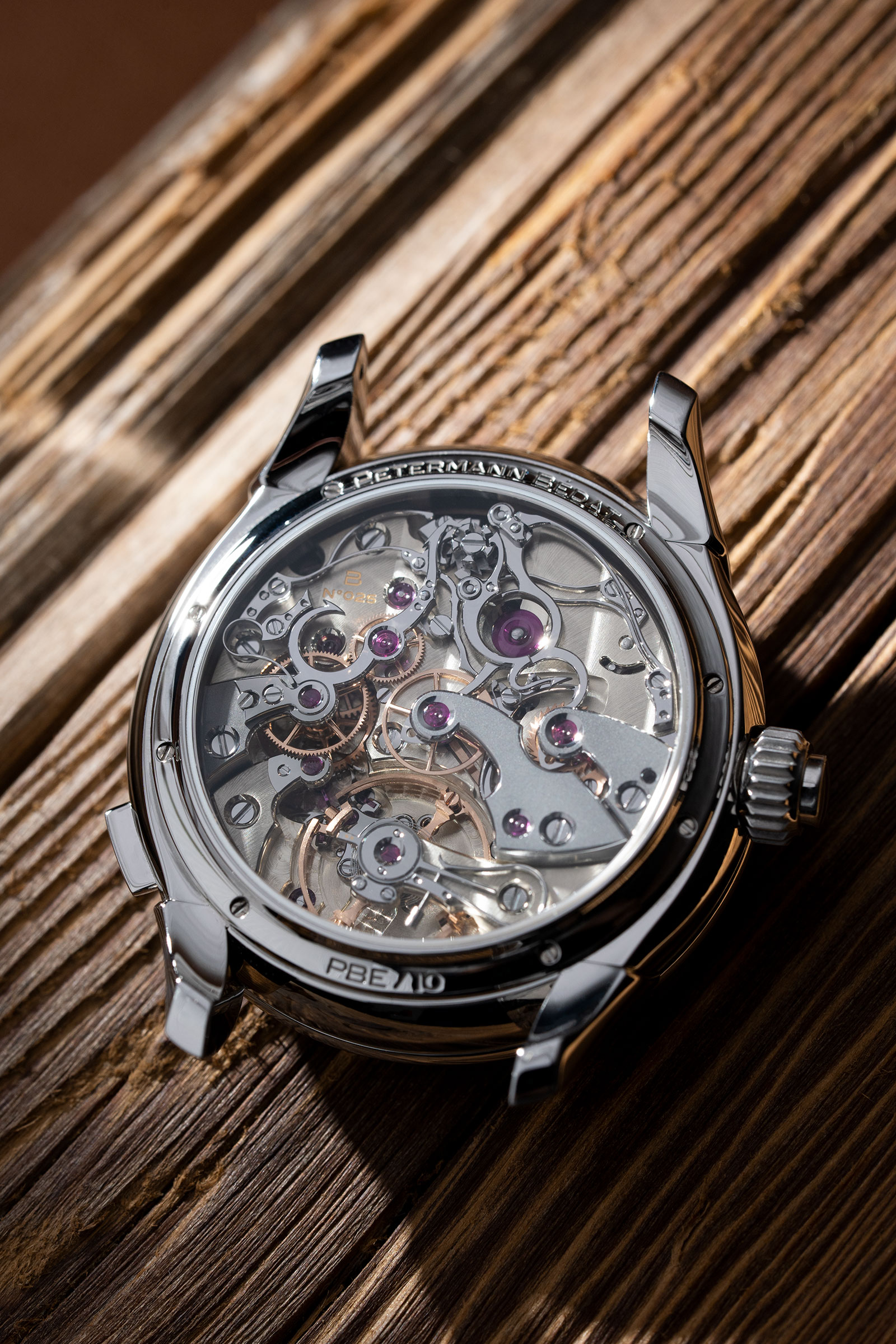
Thus, Petermann Bedat’s approach of installing the split-seconds under the dial is questionable, particularly considering the near-US$265,000 price tag. This is reminiscent of the industrial approach used by Breitling and Franck Muller that places a split-second module on the base chronograph movement under the dial – paradoxical considering the quality of finish found in the 2941.
This makes the price of CHF243,000 before taxes (equivalent to US$265,000 today) a little steep, despite the elaborate finish and unique architecture.
There’s the inevitable comparison with another independent watchmaker, Atelier de Chronométrie. While arguably not as meticulously finish and also not original since it’s a reworked vintage Venus 185, the Atelier de Chronométrie AdC#8 cost less than half the 2941.
That said, the 2941 is within the ballpark for as such things, namely a high-end, in-house split-seconds built as a limited run by an independent watchmaker.
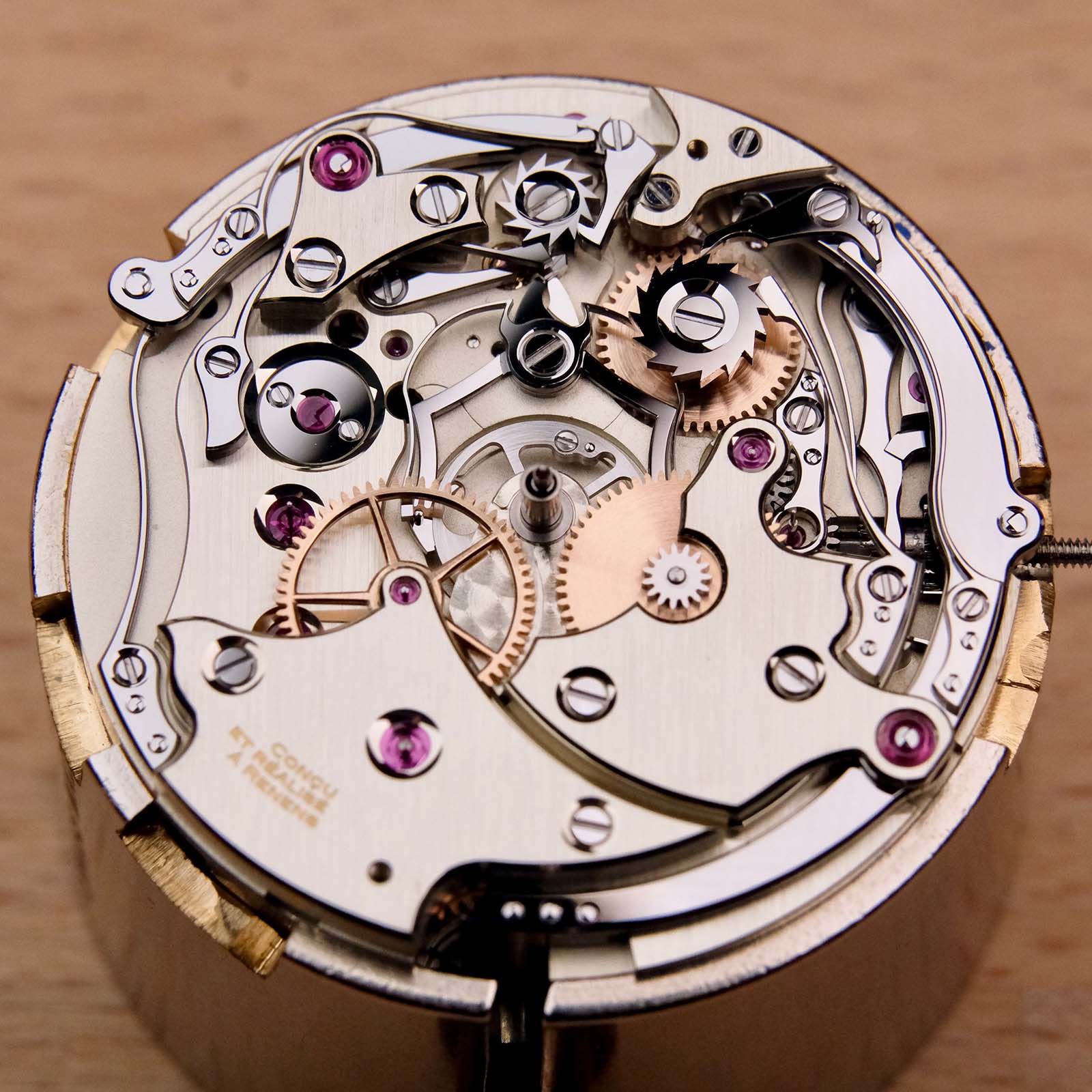
The split seconds mechanism that is hidden under the dial
Modern case
As with the 1967, the 2941 dial is centred on a clear sapphire chapter ring with a centre in frosted platinum. While the clear chapter ring reveals the chronograph mechanism and keyless works, the platinum centre unfortunately hides the key element under the dial – the rattrapante mechanism. This ends up defeating one of the reasons for having the split-seconds mechanism under the dial.
The design element that jumps out are the oversized registers. The constant seconds is located at nine o’clock, mirroring the instantaneously jumping minutes register at three. Both sub-dials are large enough to be almost as wide as the radius of the dial, giving it something of a googly-eyed look.
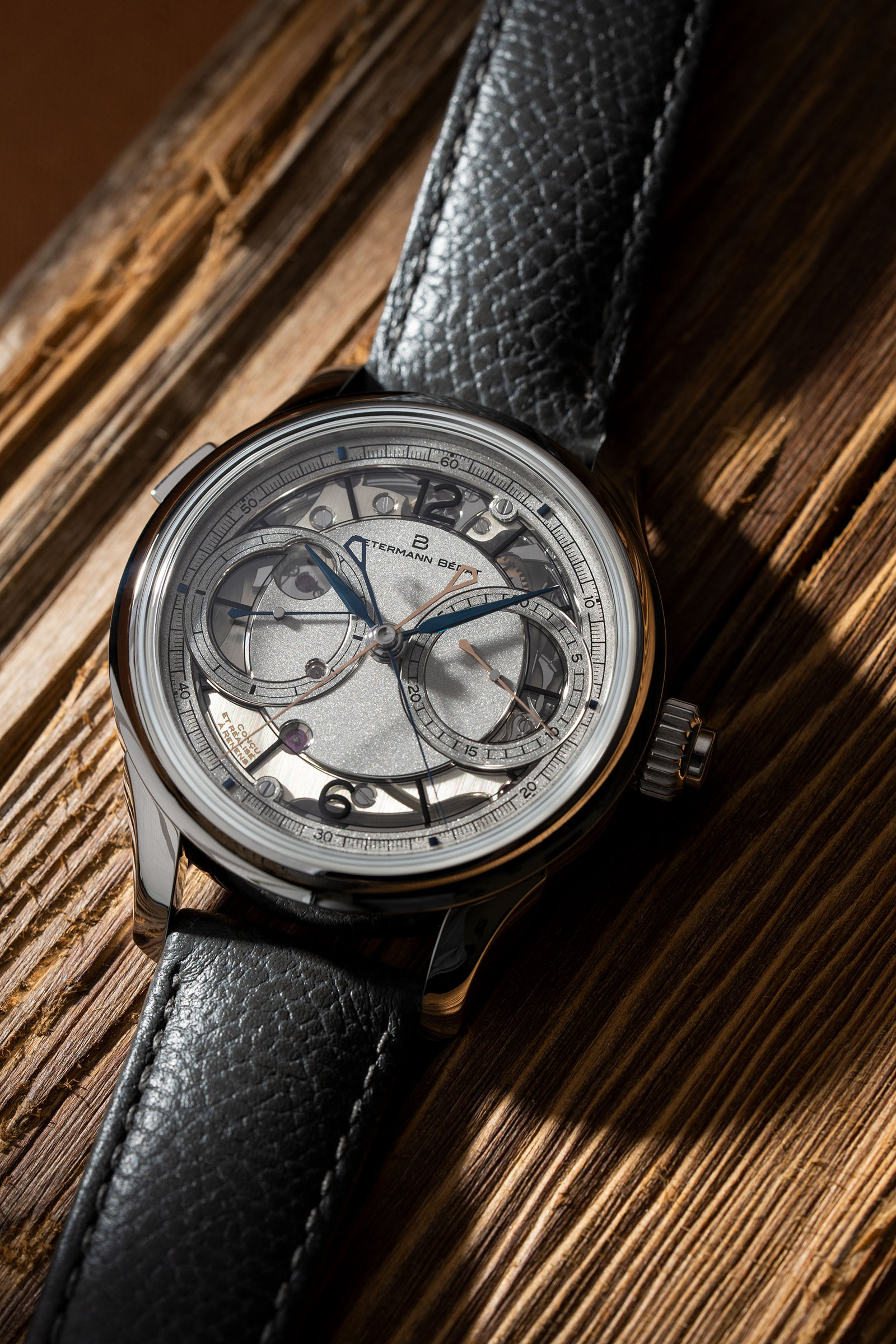
The 2941 is a monopusher rattrapante with the start-stop pusher located coaxially within the crown at three o’clock. Meanwhile, the rattrapante pusher is located at ten o’clock – this button “splits” the blued rattrapante hand that is otherwise hidden under the gold chronograph seconds hand.
Despite the notable complication, the 2941 comes packed in a modestly-sized, 38 mm platinum case that stands 13.7 mm, giving it dimensions similar to the 1967.
The case profile is notably modern and sleek, having tapered lugs that slope diagonally outwards, creating the impression of a trapezoid case middle. Likewise, the rattrapante pusher at ten o’clock takes the form of a parallelogram, further enhancing the sleekness. The bezel has a slightly domed sapphire crystal, making the 13.7 mm thickness appear relatively svelte.
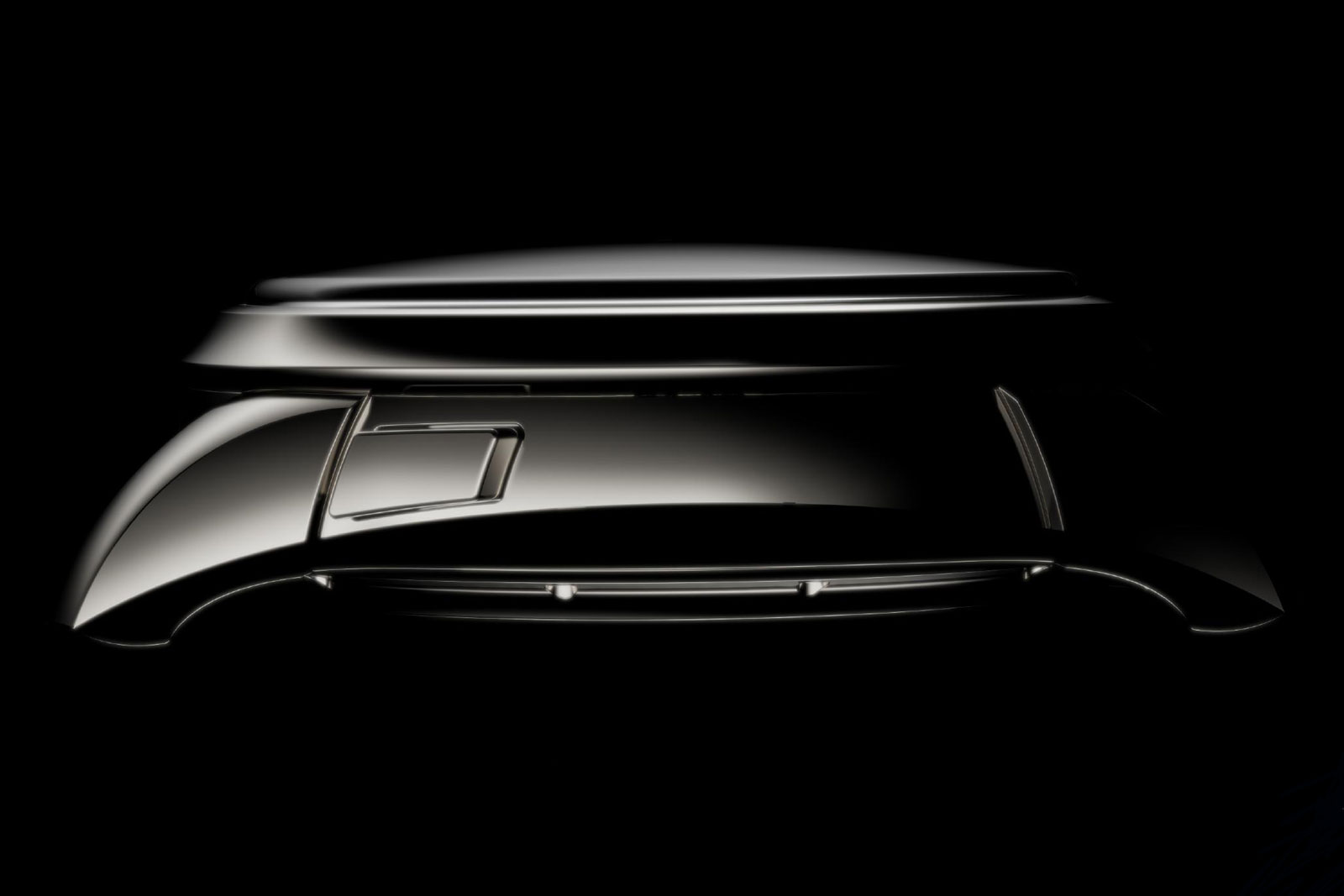
Integrated, monopusher rattrapante
Of course, the highlight of the 2941 is the cal. 202 within – a 30 mm-diameter, monopusher split-seconds chronograph with an instantaneous jumping minute counter.
Unlike most high-end rattrapantes on the market, the cal. 202 is designed with the chronograph and rattrapante mechanisms split between the front and back of the movement. Thus, while most of the conventional chronograph mechanisms are visible through the display back, the monopusher actuation lever and rattrapante mechanisms are located under the dial.
This implies that a future variant of the movement sans rattrapante is easily feasible, since the rattrapante parts can be removed, although that would leave an empty space hidden under the dial centre.
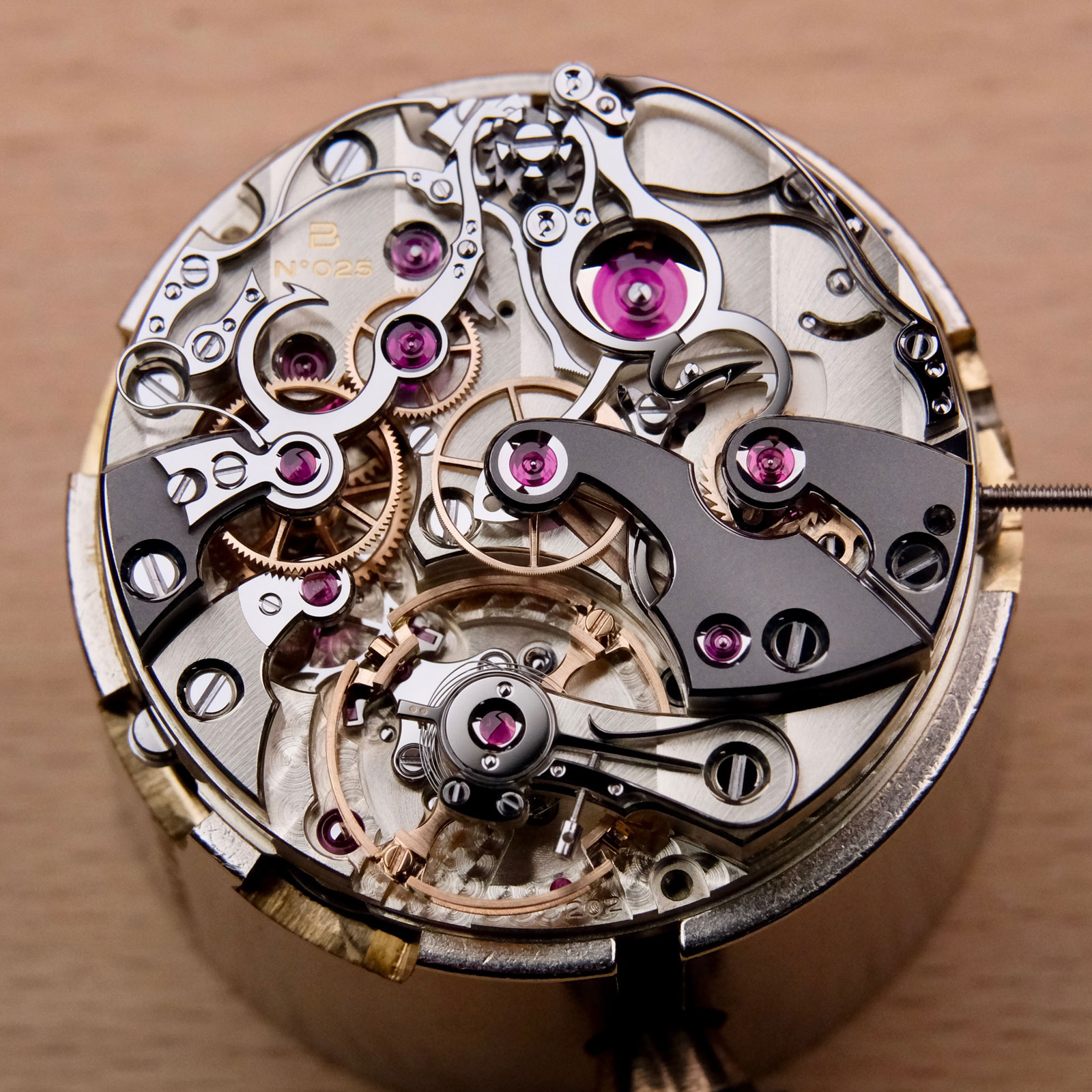
Visible through the display back is a lateral-clutch monopusher chronograph. Partly thanks to the column wheel actuation lever being located on the other side, this allows the chronograph components to be spaced out, emphasising the thin and slender steel levers.
In contrast, most manual-wind rattrapante movements have their maximum height around the centre due to the split-seconds mechanism and a high density of components, resulting in a beautifully intricate view especially when the parts are well-finished. It may be a missed opportunity for Petermann Bédat not to have have gone with a traditional rattrapante construction that would have fully showcased its finishing.

And the finishing is exemplary. The steel components are instance are constructed with many curves and inner angles, and then finished with black polishing, making them a highlight of the movement. The black polishing even extends to the curved detent springs that are visible throughout the movement in an almost-organic layout.
A signature design element carried over from the 1967 movement are the arrowheads. Here they are most prominent on the lateral clutch lever and minute counter impulse isolator.
A notable detail of Petermann Bédat movements are the exceptionally large jewel bearings in huge countersinks – here the largest of them supports the barrel and sits in a massive countersink that is framed by two of the chronograph levers encircling it in a figure-of-eight shape.
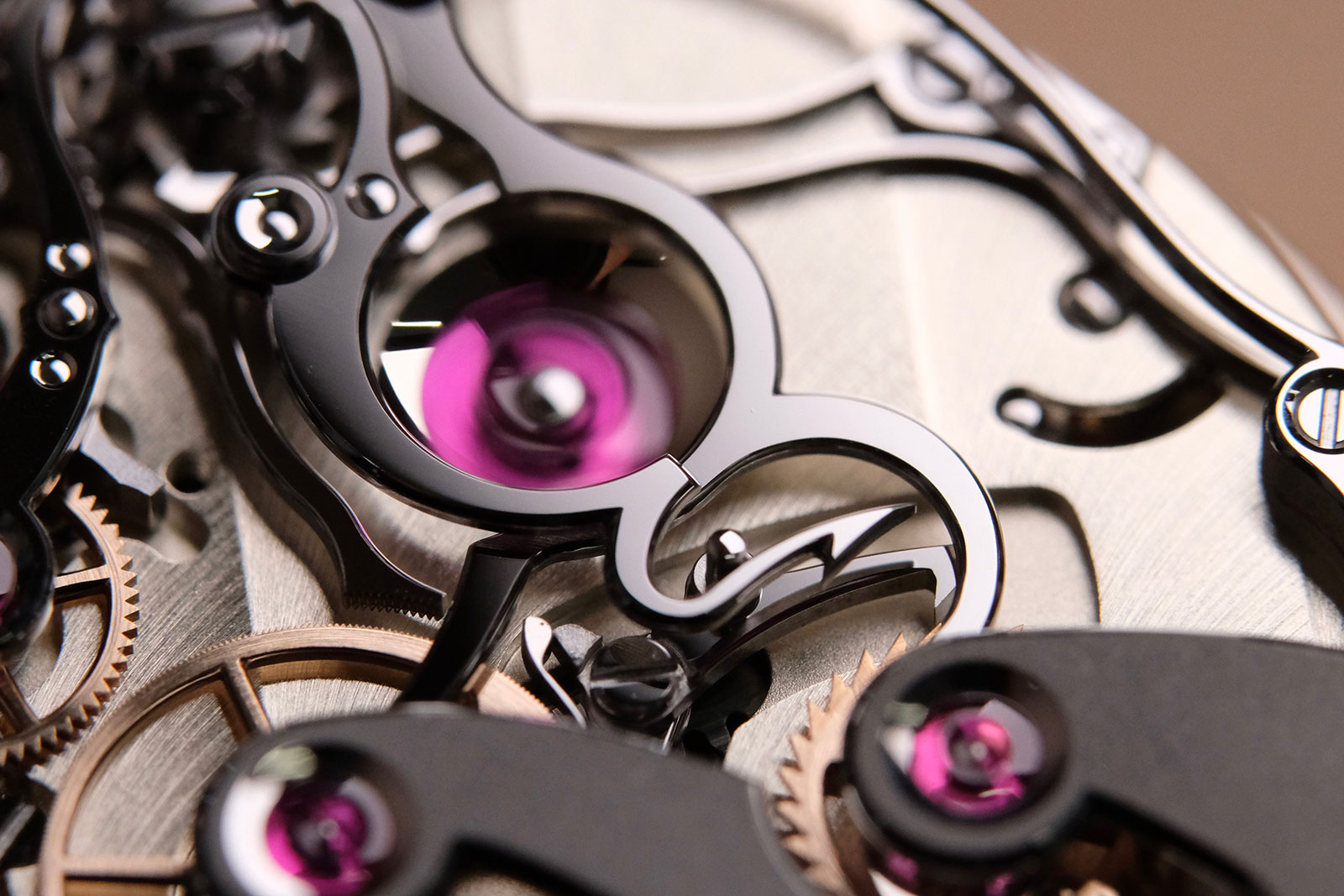
Key facts and price
Petermann Bédat Monopusher Split-Seconds Chronograph
Ref. 2941 (platinum)
Diameter: 38.6 mm
Height: 13.7 mm
Material: Platinum
Crystal: Sapphire
Water resistance: Unspecified
Movement: Cal. 202
Features: Hours, minutes, monopusher chronograph, split seconds
Frequency: 18,000 beats per hour (2.5 Hz)
Winding: Manual
Power reserve: 42 hours
Strap: Alligator leather strap
Limited edition: 10 pieces
Availability: Direct from Petermann Bedat or authorised retailers
Price: CHF243,000 excluding VAT
For more, visit petermann-bedat.ch
Back to top.

